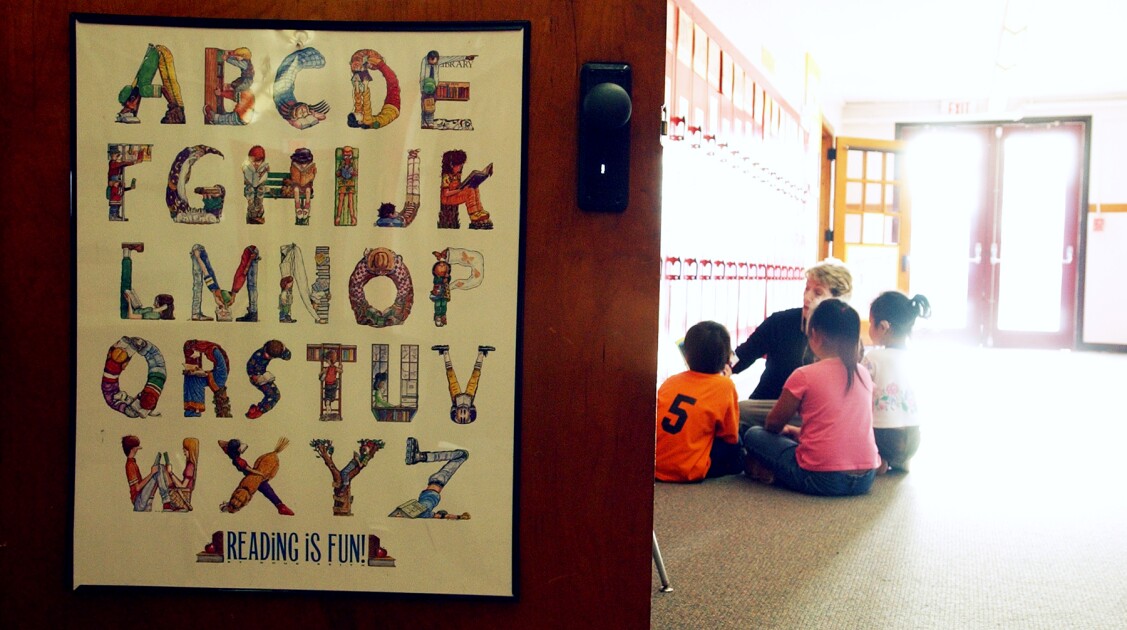One of the most difficult tests facing schools this fall is how to pull off widespread intervention and assistance for students who begin the 2020-21 school year with learning loss.
The challenge is not a new one. American classrooms have always been heterogeneous, serving students of vastly different backgrounds. But those gaps will be intensified due to the disparities in access to health care, the internet, and robust teaching wrought by COVID-19 since last March.
Historically, efforts to “catch kids up” have been disappointing, with so-called turnaround programs and even much-heralded approaches like Response to Intervention producing mixed results in practice.
Still, researchers and educators emphasize, there are ways to mitigate the damage that will inevitably be done to students as the pandemic rages on. Many are rooted in centuries-old practices and common sense but require considerable planning and finesse to make them work.
All the approaches depend on having a few key elements already in place: a solid curriculum; a commitment to grade-level teaching; and strategies to engage students, including tracking them down and contacting them if they aren’t showing up for remote or hybrid learning.
By far the most effective intervention for students who have fallen behind—intensive tutoring—has high start-up costs. While there are ways to lower some of them, severe budget cuts could put it out of reach for all but a fraction of districts. Indeed, the federal government’s feckless response to the pandemic means that leaders can’t count on additional help to defray the cost of doing more for students who will return to school with less.
For this installment on how to address students’ learning losses, Education Week interviewed two dozen researchers, teachers, and principals, and reviewed hundreds of pages of empirical studies and planning documents to identify interventions that are well supported by research—and other approaches that are unlikely to move the needle.
Sixth in a series of eight installments.
These times are unprecedented. Through eight installments, Education Week explores the steps administrators need to take to ensure the safety of students and faculty.
How We Go Back to School is supported in part by the Chan Zuckerberg Initiative.
The pieces in this part of our series all come with a caveat: They are extrapolated from studies conducted during traditional, in-person schooling. Superintendents and principals bear the difficult responsibility not only of deciding which of these options are technically and financially feasible, but also adjusting them creatively to the realities of fully remote or hybrid schooling.
—Stephen Sawchuk
Downloadable: A Guide to Help Students Catch Up
FOUNDATION

Interventions and services aimed at restoring lost learning are most likely to succeed when schools are layering them on top of a solid academic foundation.
That means districts should prioritize several things first: grade-level teaching for all students, a way to track each student’s whereabouts, a curriculum synched across schools and delivery methods (in-person and remote), plenty of uninterrupted teaching time, and schedules that benefit the students most likely to need additional help.
Deep Dive: COVID-19’s Harm to Learning Is Inevitable. How Schools Can Start to Address It
CLOSE TRACKING
The first step in an effective intervention is identifying the students who need extra help. Early-warning systems can be interwoven with the individual teacher-led gauges of student learning. These systems track indicators like attendance and quarter grades throughout the year and identify students who are slipping and need extra academic or social-emotional assistance.
But districts must be creative to adjust some of the indicators in these systems to the realities of remote or hybrid learning—especially as things like attendance take on new meaning.
TUTORING

Study after study identifies intensive, one-on-one or one-to-two tutoring as the most effective way to help students who are falling behind in their learning to catch up. The challenge for districts is figuring out how to pay for this expensive approach, and how to make it translate in a remote setting.
Research suggests that using paraprofessionals and volunteers can be effective. Beginning with slightly larger tutoring groups may also be an approach to consider.
Deep Dive: High-Dosage Tutoring Is Effective, But Expensive. Ideas for Making It Work
EXTENDING TIME

Extending learning time in creative ways, such as weeklong “academies” during spring or fall breaks or Saturday sessions, show promise for significant learning gains. These so-called acceleration academies are showing real promise in a group of districts in Massachusetts.
In targeted, small group environments, teachers use research-based strategies to improve students’ foundational skills and content and to build strong relationships. Districts will have to take the lead in administering and planning for the extra teaching.
Deep Dive: Students Lost Time and Learning in the Pandemic. What ‘Acceleration’ Can Do to Help








